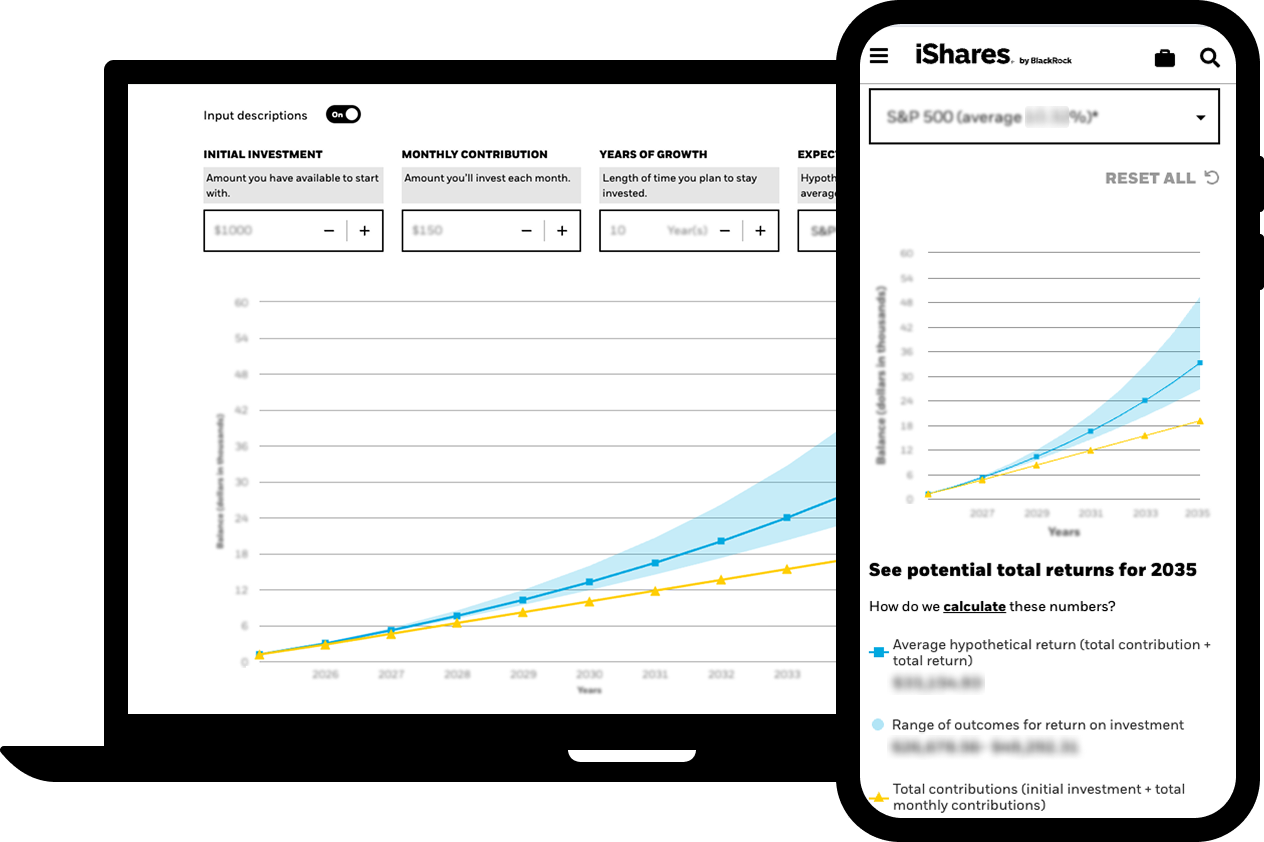Beyond healing all wounds, time is paramount to long-term investing success. Time provides investors an opportunity to grow portfolios alongside the economy’s long-term trend; a bet on human ingenuity and market-based capitalism, if you will. Time gives you the ability to overcome short-term setbacks and benefit from the power of compounding, or the return earned on past returns.
Former Berkshire Hathaway vice chairman Charlie Munger compared compound interest to a small snowball being rolled down a very large hill, declaring: “The first rule of compounding: Never interrupt it unnecessarily.”4
Once you grok that time in the market is an important investing concept, then you can start to think about what kind of investor you are, what your goals are at this point in your journey (hint: they’ll likely change over time), and what mix of investments are most likely to help you reach your goals. (Check out our introduction to asset allocation.)
Investing earlier and staying invested over the long-term can put the power of time on your side. Furthermore, trying to time the market to avoid selloffs is extremely difficult and puts you at risk of missing out on potential gains.
And that risk is not theoretical, nor is it insignificant. The chart below shows a hypothetical investment of $10,000 in stocks over a 20-year period. An investor who stayed invested over that time period would have made 58% more than one who missed just the five-best performing days. As shown in this illustration, if you were unfortunate enough to miss the 25 best days, that portfolio loss would have increased to three-quarters of potential value.





